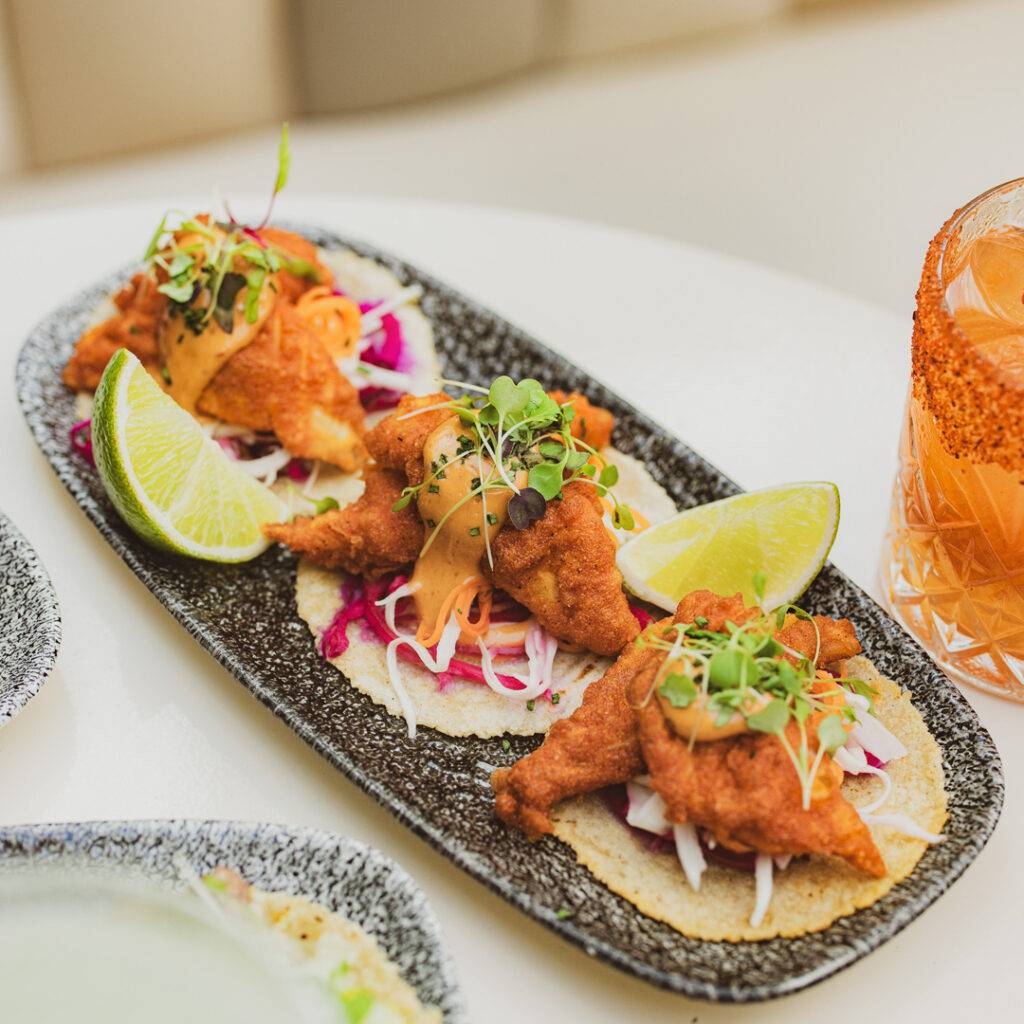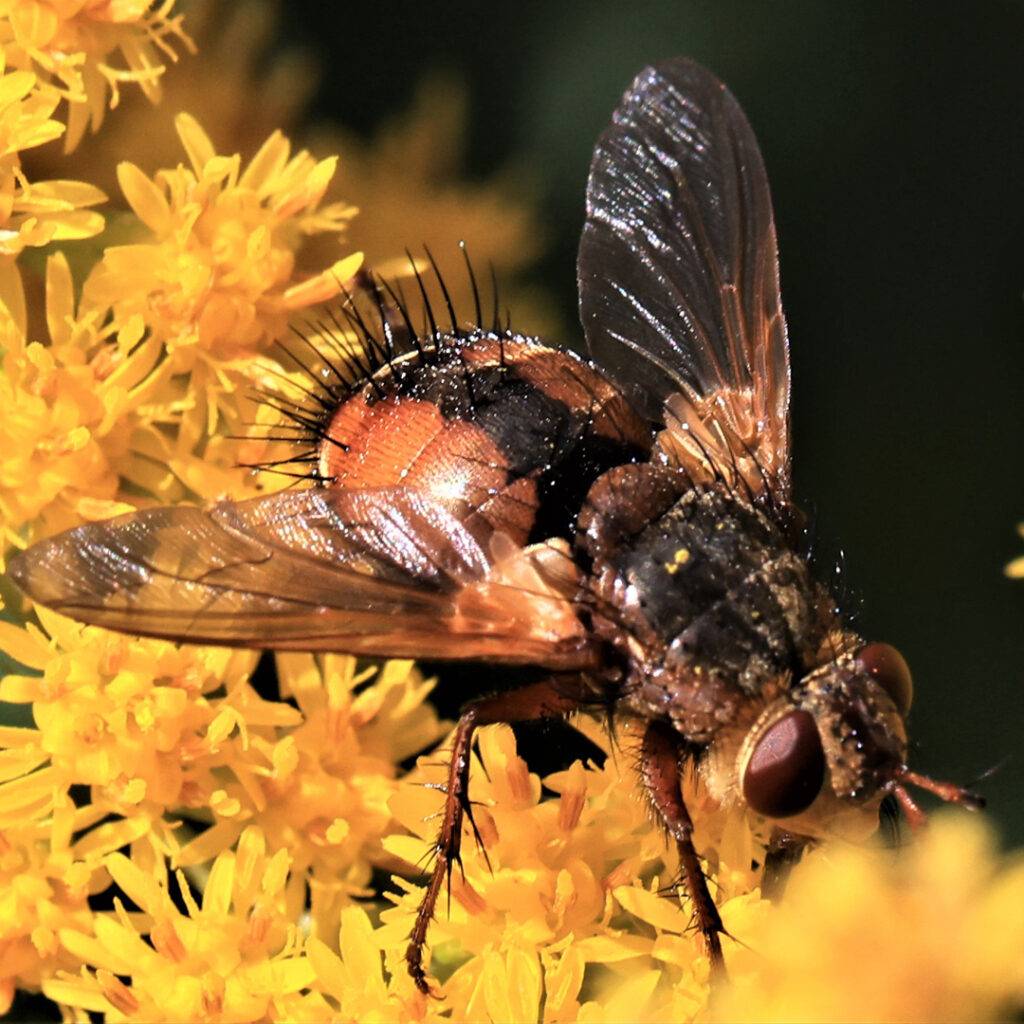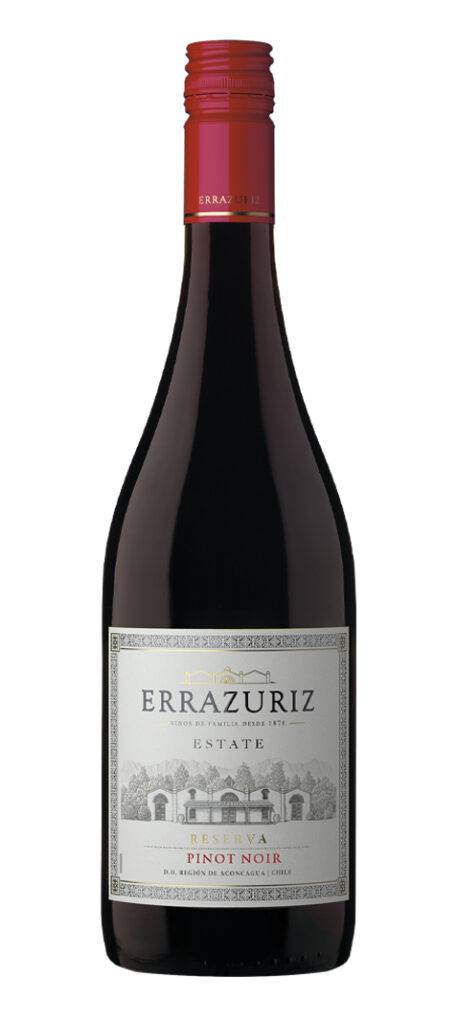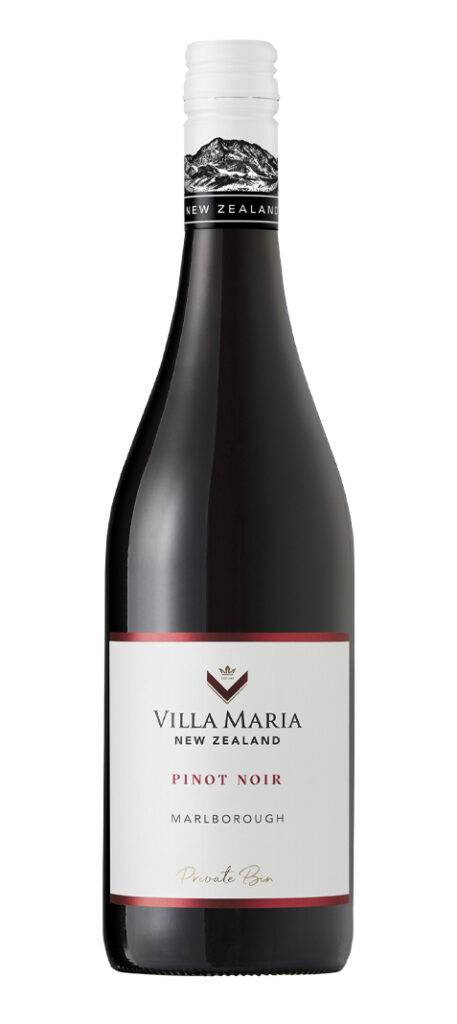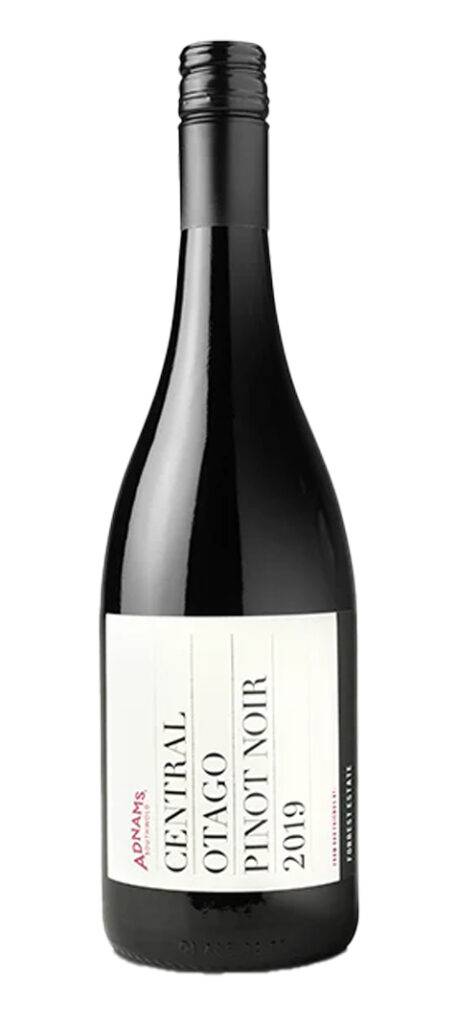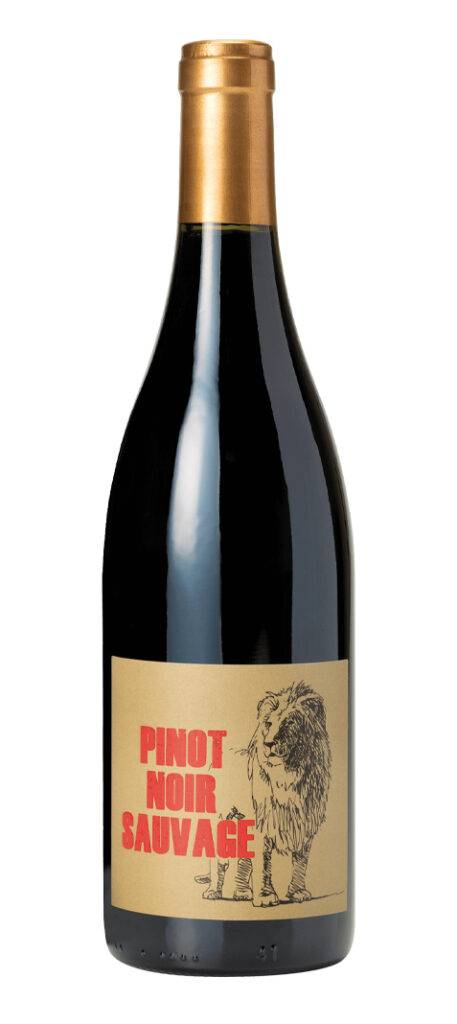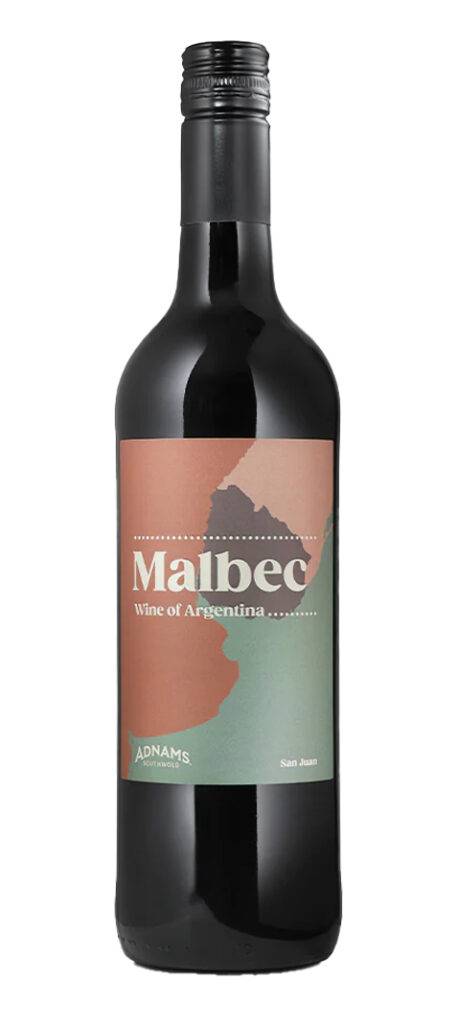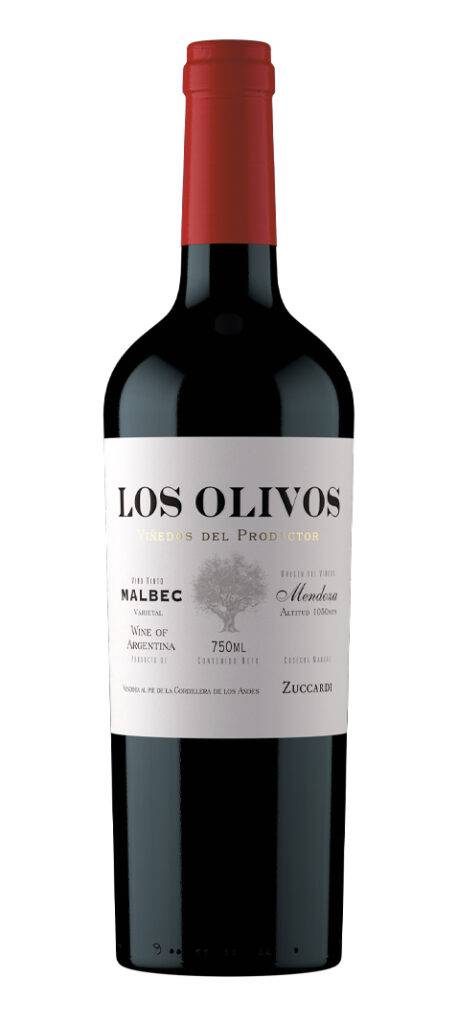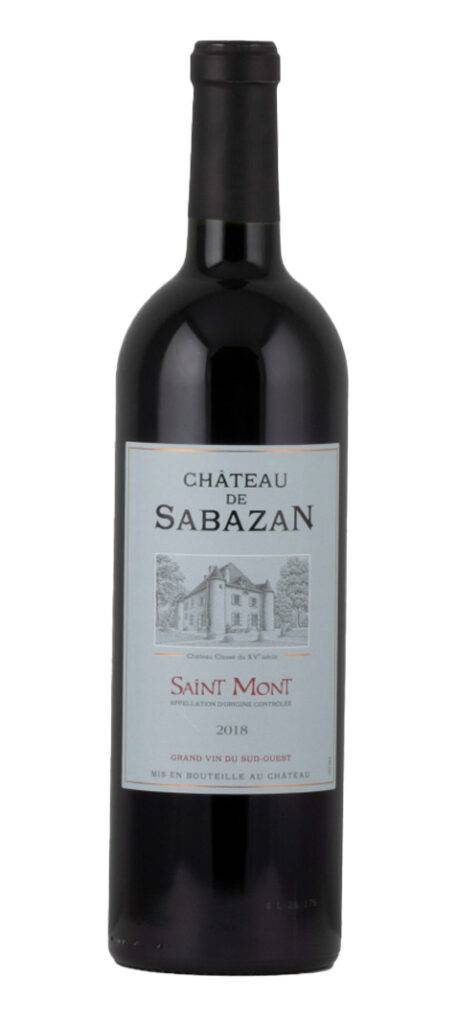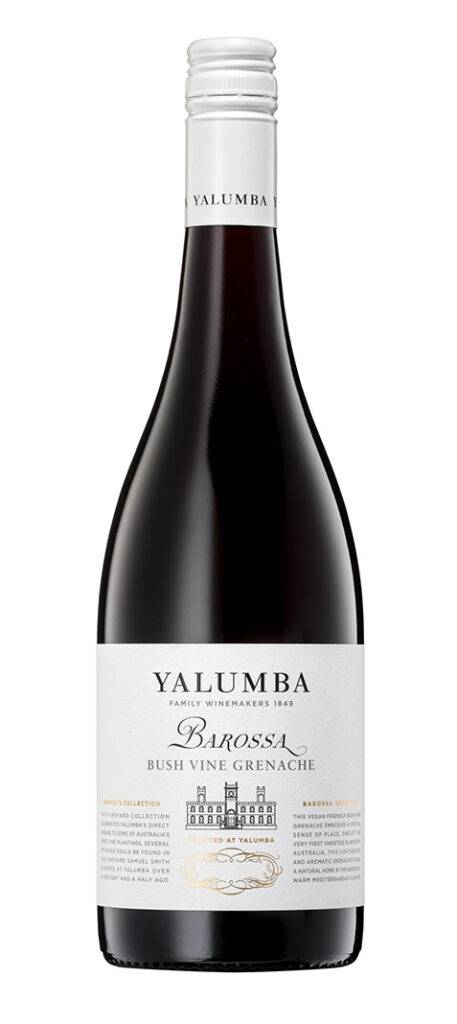If you can’t afford a therapist…actually, even if you can, watch Gardeners’ World. It’ll do you the world of good says Robbie James
Last month I deployed myself on a giant rant about competitive busyness, and I promised to follow it up with something more joyful this month. I’m a man of my word (sometimes), so for April, I’m revelling in the tranquillity that is Gardeners’ World.
I had a sad day recently. I was anxious, worrying about everything, and generally feeling overwhelmed by the world. Thankfully that same day marked the beginning of the 55th series of the gardening programme. For the first time since (insert a long time ago), I found myself waiting for a TV show that wasn’t a sport to begin. I wasn’t watching something on-demand. Let that sink in… waiting for a programme to air on actual television. Remarkable.
Eight o’clock eventually rolled around, and when I tell you it was worth the wait… the theme tune was enough for me to feel ten times lighter. (I’m a complete nerd when it comes to theme tunes, and in case you are too; the theme is an arrangement of ‘Morning Light’, composed by Will Gregory and recorded by the BBC Concert Orchestra, obviously).
When I looked at the credits there were a team of five on Sound. I’d like to use this column to formally and openly advocate a pay rise for all of them. The hour is soundtracked by birds, secateurs slicing through shrubs and spades sinking into the depths of a vegetable bed. You notice the sounds, but there’s no sense of clumsiness or overegging.
There is of course one crucial sound I’m missing off the above list. The calm, reassuring tones of Monty Don. The only way I can describe that man (and Monty, if you’re reading this, please know I mean this in the best possible way), is a walking, talking log fire. The best broadcasters are the ones that you feel a personal connection with despite never having met them. If I had a problem or wanted to sink a few Earl Greys, Monty Don would be on my top five phone numbers I’d go searching for.
Another aid to the programme’s peace is in canine form, and it’s quite frankly a miracle I’ve got this far into the column without mentioning them. Previously Nigel and Nellie, and now Ned. A Golden Retriever of the golden (not white) variety. A very good boy following in the footsteps of Don, lying in the sun, avoiding descending forks while in pursuit of a tennis ball, was only ever going to bring a slice of joy to proceedings. A non-essential but also deeply essential ingredient.
The bridging of the gap between relatable and fantasy is fascinatingly done. Longmeadow garden in Hertfordshire doesn’t dazzle you like many things on TV are designed to do. You look at it and can see yourself having a garden just like it. That is, until you realise it’ huge, split into four separate gardens, has taken years to create. (Don bought the house in 1991), and probably only attainable for those with a very successful television career.
What I enjoy about Monty Don and more generally Gardeners’ World, is that you can consume it for whatever purpose you wish. If you’re a keen gardener, his deep rooted (I couldn’t help myself) knowledge is beautifully paired with personal preference. If, like me, you’ve had a bad day and want a metaphorical hug, they can do that too. Or if you’re OFCOM looking for a show to carry the BBC’s mission to ‘inform, educate and entertain’, Gardeners’ World is in sweet spot territory.
There’s a reason that so many of us benefit mentally from running, walking, or cycling. We’re in our natural habitat. We were created to eat, and reproduce, and that was kind of it (words of a philosopher). Scrolling your ‘For You Page’ on TikTok, driving your Skoda Fabia, and researching savings accounts, are not really what Mr or Mrs Inventor of Humans had in mind. (Admittedly, I doubt televisions came up in the initial boardroom meetings either).
In essence, Gardeners’ World allows us to feel like we’re outside when we’re in. It allows us to feel in touch with nature all from the comfort of our nylon sofa. One hour of Gardeners’ World is one deep breath for your brain, and I think you should try it.

